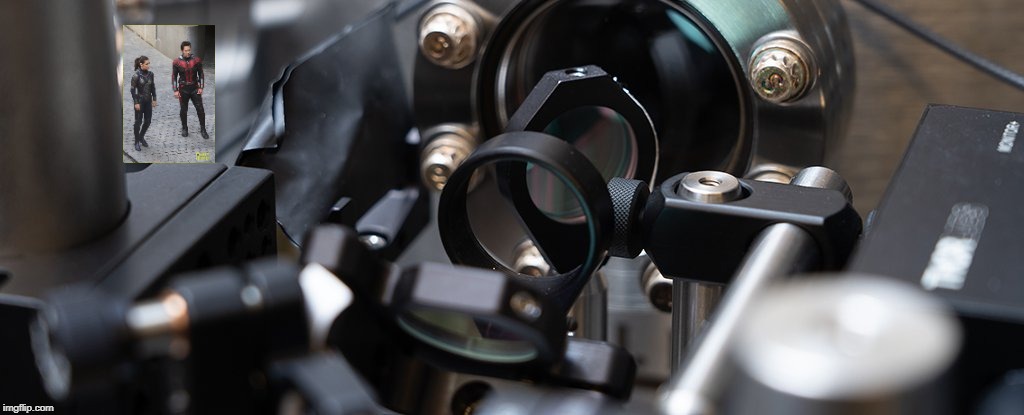
I thought dem brains were spinning this fast about 20 months ago.
100 years from now 2018 will look like 1492.
Bkmrk
The fastest rotor may help NASA find a warp field for propulsion....
https://en.wikipedia.org/wiki/White%E2%80%93Juday_warp-field_interferometer
They did not mention how the rotations were counted. If it is based upon the pulse rate of the laser while circular, it would seem that the rotation is limited to the lasers ability to pulse.
I sometimes wonder if this stuff constitutes welfare spending for physics PhDs.
“The Fastest Rotor Humans Have Ever Built”
“The super-spinner is made up of a silica nanoparticle, shaped like a dumbbell.....”
“The nanoparticle itself is only about the size of a bacterial particle, around 170 nanometres wide and 320 nanometres long...”
In other words, the helicopters would be VERY small.


If the vacuum affects the rotor, it seems to me that the rotor is also affecting the vacuum (its virtual particles). Someone ought to be able to make some hay out of that.
If I can’t fly with it and shoot laser beams out of my eyes it’s useless.
Boy, what’s the torque like on that baby?
My God, this spins faster than a member of Congress on a controversial subject!
I wonder if it could be used to measure the gravitational constant better than this experiment.
https://www.npl.washington.edu/eotwash/gravitational-constant
The rpm has to be theoretical. No way they could measure it.
The fastest-spinning neutron star ever found has been discovered in a crowded star cluster near the centre of the Milky Way, a new study reveals.
The star rotates 716 times per second [2,577,600 per min] – faster than some theories predict is possible – and therefore may force researchers to revise their models.
Neutron stars form when a massive star explodes at the end of its life and leaves behind a super-dense, spinning ball of neutrons. These stellar corpses emit intense beams of radio waves from their poles and are called pulsars.
Most pulsars rotate just a few times per second, but some spin hundreds of times faster. These so-called millisecond pulsars whip around so quickly because they are thought to have stripped mass – and angular momentum – from companion stars at some point in their histories.
Astronomers led by Jason Hessels of McGill University in Montreal, Canada, used the 100-metre Green Bank Telescope in West Virginia, US, to clock the newly discovered pulsar at 716 rotations per second, or 716 hertz. The previous record holder, which spins at 642 Hz, was discovered in 1982. ...”
https://www.newscientist.com/article/dn8576-fast-spinning-neutron-star-smashes-speed-limit/
60 billion RPM’s. How do you measure that?
I’ve often contemplated that as we look out into the vastness of space and are amazed by discoveries, similar amazing discoveries await to be found in the opposite direction in minutia of which our exploration has just dented the surface.